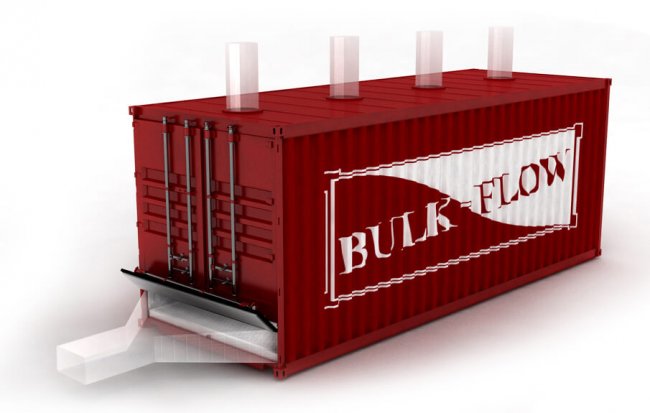Containers and Their 8 Types
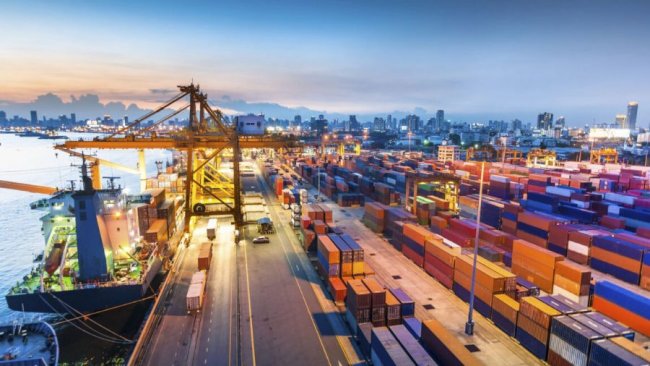 It is not secret that the importance of container transportation in international transport is very high. Most goods are transported in containers. We think that information about containers and their types may be interesting to many of you. There are basically 8 different types of containers. The names and characteristics of each type are listed below.
It is not secret that the importance of container transportation in international transport is very high. Most goods are transported in containers. We think that information about containers and their types may be interesting to many of you. There are basically 8 different types of containers. The names and characteristics of each type are listed below.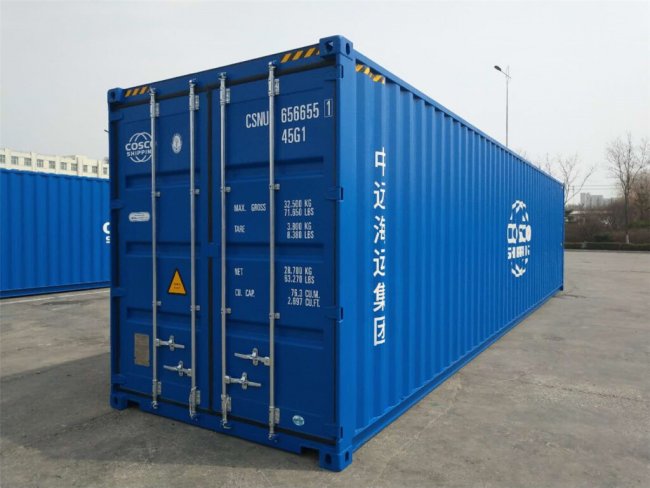
Standard Container
The standard container is the most commonly used type of containers used to transport general purpose Cargo. All sides of standard containers are closed and they have front and (or) rear doors. It is designed for General Cargoes and may carry all cargo that passes through the door of the container and fits inside. Standard containers may be of different sizes. Containers of 20 and 40 feet are mainly used for transportation.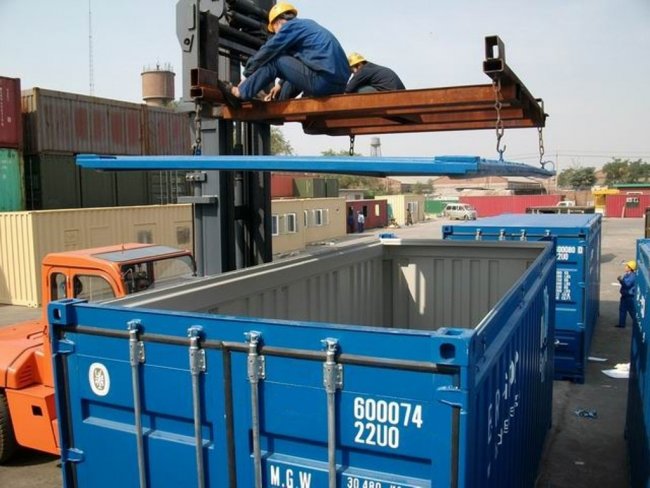
Hard Top Containers
Each side of this type of containers are openable. The openable sides are especially used for heavy and long loads and when it is difficult to load through the door. Since this type of container has an openable steel ceiling, loads that are difficult to load into a standard container may be easily loaded from the ceiling by opening the container.
Open Top Containers
Containers of this type are especially designed for transportation of high loads. These sides may be left open or covered with canvas. Thanks to the convenience provided by the container, loads that are tall for standard containers may be easily transported with this container.
Flat Rack Container
Open containers do not have a side wall or ceiling. It is therefore used to transport loads that do not fit into standard and open top containers (top and side). It is especially preferred for transporting heavy, high or bulky loads such as construction equipment, vehicles and generators.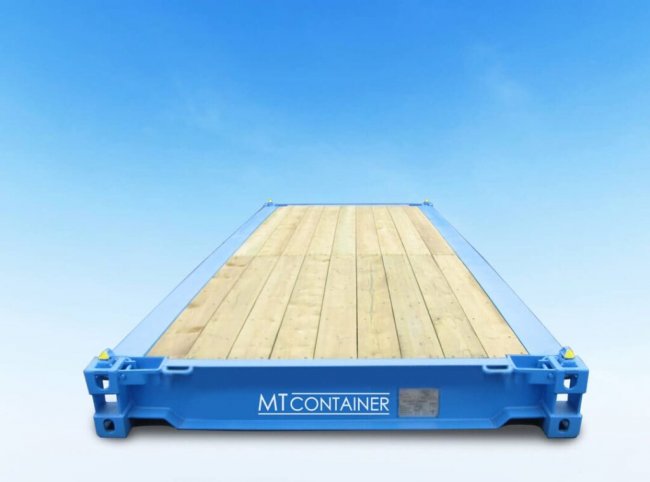
Platform Containers
Platform containers have a strong sub-platform resistant for heavy loads. It is used for goods that cannot be loaded directly on the ship, such as minibuses and yachts.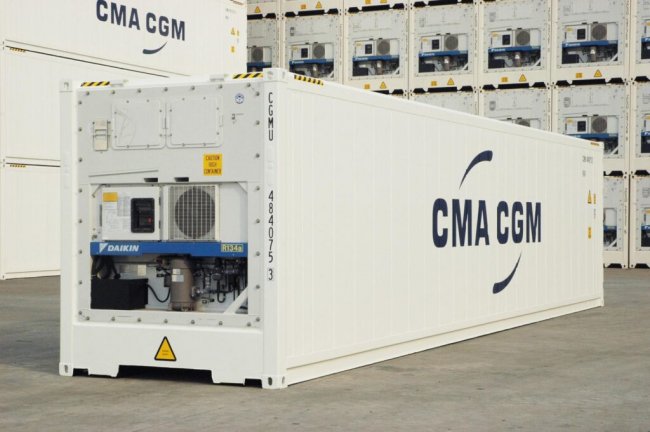
Shelf Containers
The refrigerated container is used to transport such cargoes as frozen foods, fruits, flowers, etc., of which temperature must remain stable during transportation. These vessels have their own cooling units that can control the internal heat and provide the necessary energy by connecting to the ship's power supply source when loaded on a ship. In addition, thanks to the panel located on the outside of the container, the heating value of the container may be controlled, while temperature changes may be observed during trips by an analog or digital recording device.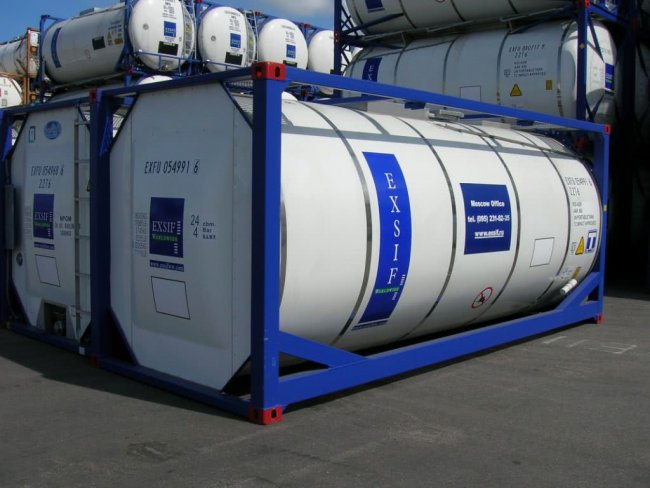
Tank Container
Tank containers are used to transport liquids or gases. A tank container consists of a cylindrical tank and a rectangular steel structure. Because there are vibrations during transport, the tank must be at least 80% full to prevent the loads from shaking. At the same time, the tank filling ratio should not exceed 95%.Quick price query!
Fill out the form to get a special price offer for the services.
